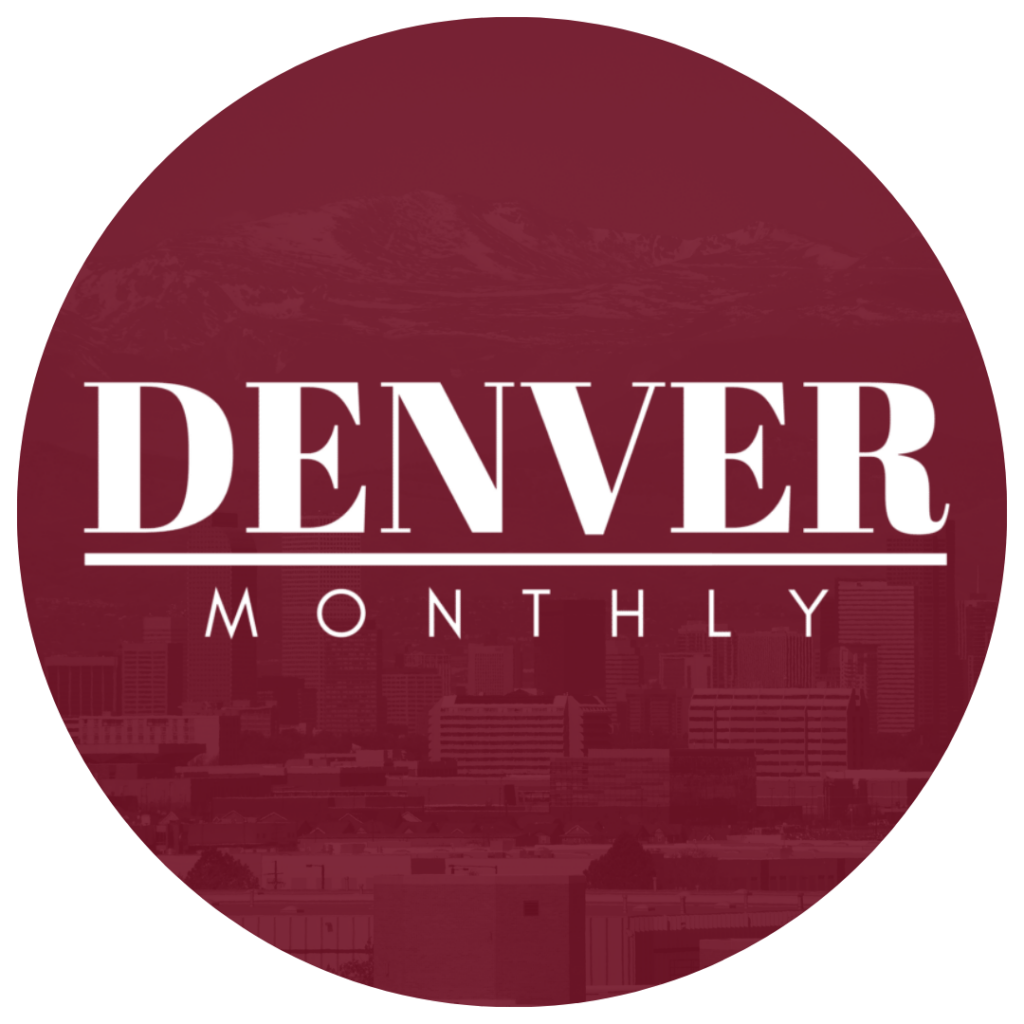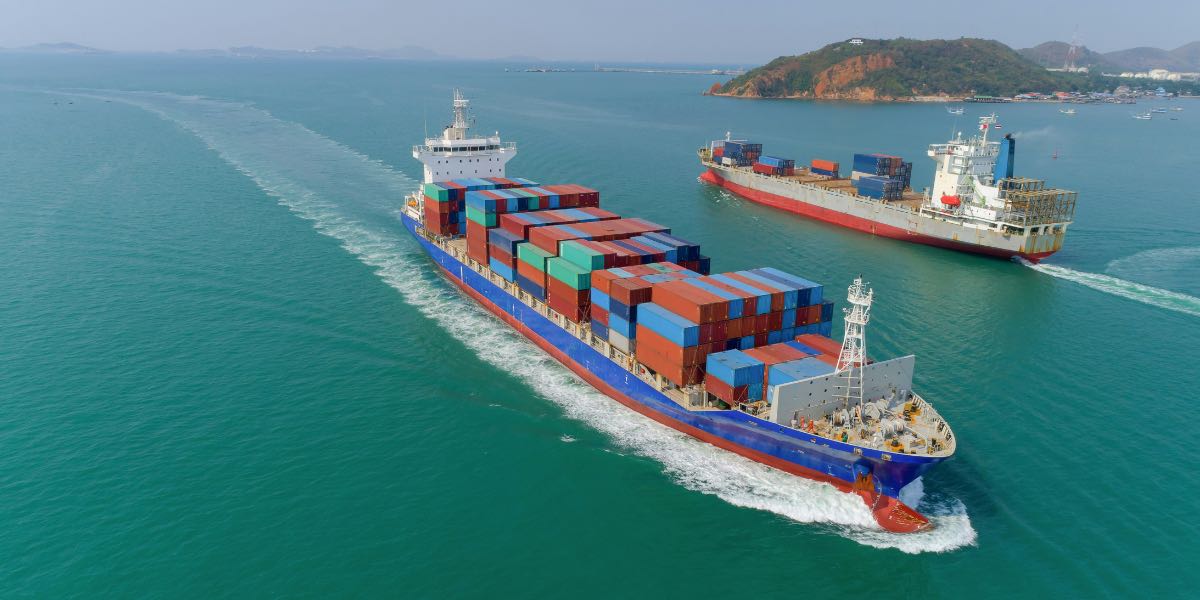In the years following the war, the U.S. government poured significant resources into military installations in and around Denver. Lowry Air Force Base and the Rocky Mountain Arsenal became major hubs for military activity, attracting personnel and their families to the area. This influx of people created a demand for housing, infrastructure, and services, spurring economic growth and development.
Another big reason Denver grew so quickly after the war was the rise of the aerospace industry. You know, the companies that build things like airplanes, rockets, and satellites? Well, Denver turned out to be a really great place for them to set up shop. The city’s location in the middle of the country, its sunny weather, and the fact that there were already military bases nearby made it a perfect fit. Big aerospace companies like Martin Marietta (which is now called Lockheed Martin) and Ball Aerospace moved in, bringing with them lots of high-paying jobs for engineers, scientists, and other skilled workers. This attracted even more people to Denver, who in turn needed houses, shops, and other services, which made the local economy even stronger. Plus, the aerospace industry brought new ideas and technology to Denver, which helped the city become even more modern and innovative.
As Denver’s population surged, the city began to expand outward, resulting in a phenomenon known as suburban sprawl. New housing developments and shopping centers sprang up on the outskirts of the city, transforming the landscape and creating a distinct suburban culture. This suburban expansion also led to the development of new transportation infrastructure, including highways and suburban transit systems.
While Denver’s growth was exciting, it wasn’t without its hurdles. The Journal of Urban History points out that the city’s rapid expansion put a lot of pressure on its resources. This led to some serious issues like not having enough water, dirty air, and traffic jams that would make anyone frustrated. However, the people of Denver didn’t just sit back and complain. City leaders, community members, and everyone in between rolled up their sleeves and worked together to find solutions to these problems. They wanted to make sure that Denver could continue growing and thriving, without sacrificing the quality of life for its residents.
And their hard work paid off! Today, Denver is a vibrant, exciting city that welcomes people from all corners of the globe. It’s a place where diverse cultures mix and mingle, where creativity flourishes, and where opportunity awaits. The city’s impressive growth after World War II wasn’t just a one-time thing – it set the stage for Denver to become the modern metropolis we know and love today. It’s a true testament to the resilience and ingenuity of the people who call Denver home.








